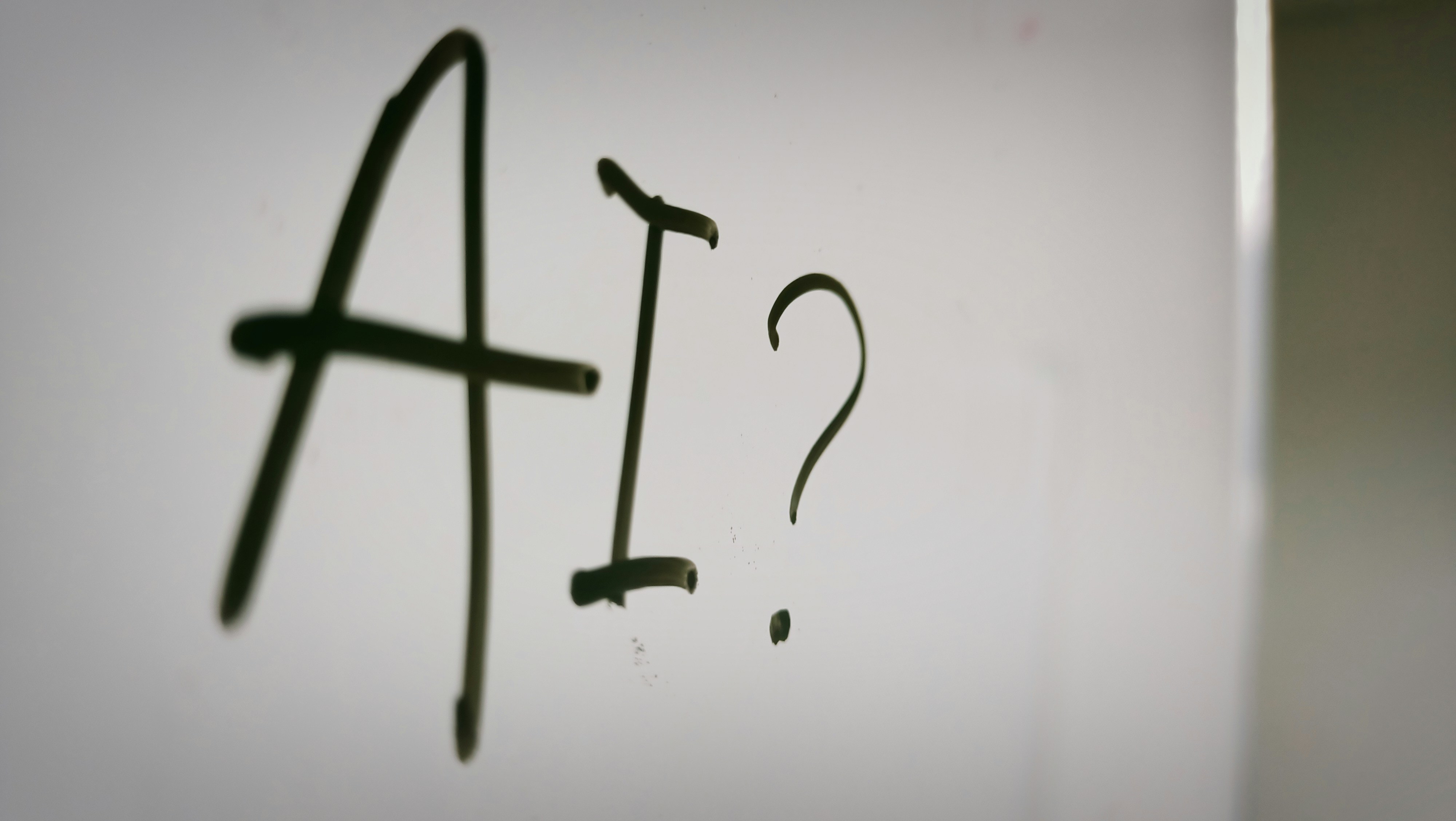
Dr Selena Chan
From pastry cook to Prime Minister’s Supreme Award recipient, Dr Selena Chan has had a rich and evolving career in education. Beginning her teaching journey in 1980 with baking students at what was then Christchurch Polytechnic (now Ara Institute of Canterbury), Selena has spent over four decades helping learners succeed—especially those just starting out or getting a second chance.
In her current role as Educational Developer within Ara’s Learning Design team, Selena supports staff across a wide range of teaching and learning initiatives. From designing programmes spanning foundation to postgraduate levels, to embedding mobile and blended learning strategies, she’s deeply focused on improving learning outcomes in vocational education.
In her workshop session, Selena shared insights into how generative AI (Gen AI) is being explored as a tool to support foundation-level ākonga. “Our learners come with diverse needs,” she explained. “Many are second-chance learners who face challenges with digital literacy and access to technology. Part of our role as educators is to help them navigate those challenges—and that includes understanding and using AI.”
Selena emphasised that while AI isn’t a replacement for learning, it can be a powerful companion. “Think of it as a study buddy. It can support learners with disabilities, neurodiverse learners, and others who may need additional scaffolding. But we must be intentional in how we use it—always guided by pedagogy, not novelty.”
She offered a compelling example from Ara’s Graphic Design programme, where AI has helped ākonga quickly grasp the elements of good design. “AI can accelerate the learning process,” she said. “But when it comes to interpreting a design brief and delivering something truly original and context-specific, that’s where human creativity still takes the lead.”
Ara’s proactive approach to digital tools has always positioned it at the forefront of innovation in teaching.
“We saw early that AI needed to be in our toolkit,” Selena said. “But like every new tool, it’s about critically analysing how and when to use it.”
Selena also highlighted the increasing demands on apprentices—especially in areas like literacy and numeracy.
“The bar keeps getting higher. Vocational education must equip learners for the workplace, and AI has real potential to support that preparation, if we use it well.”
Her session was a timely reminder: as technology evolves, so must our teaching strategies. With empathy, critical thinking, and a commitment to learner success, educators like Selena are helping ensure AI becomes an asset—not a barrier—for the next generation of ākonga.
